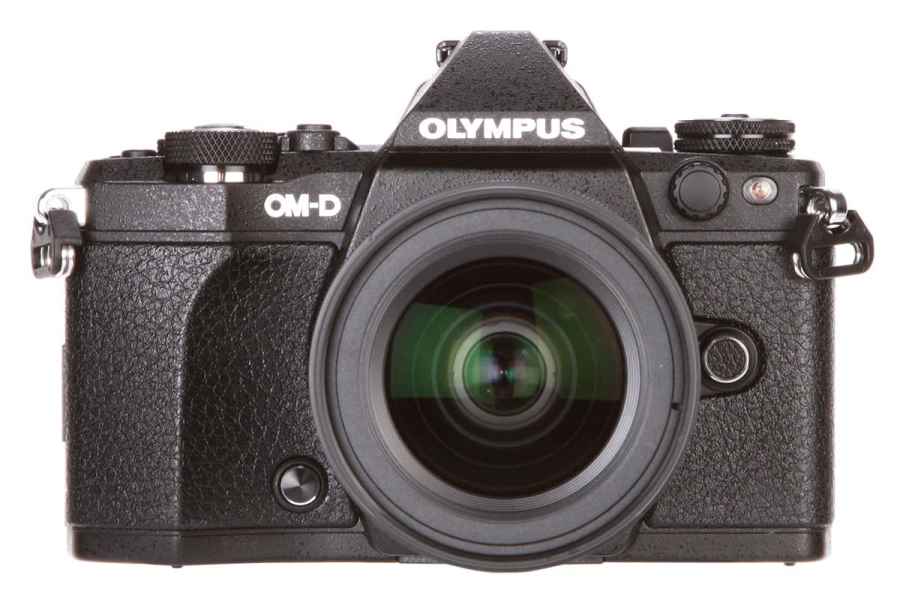At a press briefing for the launch of the Olympus OM-D E-M5 Mark II (above), in February, the manufacturer hinted that it expects to launch a 4K camera at some future date
Sony has added new 16MP and 20MP Four Thirds sensors to its list of current products (see below) – the latter capable of reading out the entire sensor at 27 frames per second.
43rumors.com suggests that the 20MP sensor could perhaps appear in a mark two version of the Olympus OM-D E-M1.
However, the rumours site acknowledges that there is ‘yet no way to see if that sensor can also do 4K video’.
Olympus declined to comment, while Sony said it does not comment on rumours or speculation.
In an interview with Amateur Photographer in February, Olympus said that the necessary imaging processor for 4K technology was not available when it developed its latest CSC, the OM-D E-M5 Mark II.
But a spokesman went on to suggest that 4K ‘will happen’ at some future date, adding that ‘90%’ of the E-M5 Mark II’s target audience of enthusiast photographers would not contemplate 4K.
AP Technical comment
Sony’s semiconductor division, which manufactures its sensors, is a separate business from the company’s camera division. Historically, when a new sensor design is listed on its website, it tends to indicate that it has been ordered for use in an upcoming product.
Micro Four Thirds cameras have been limited to 16MP for three years, with Olympus in particular at the mercy of the companies that manufacture sensors for them. Olympus is known to use Sony sensors in the majority of its existing Micro Four Thirds range, while Panasonic favours its own designs.
Even if the new sensor is technically capable of recording at 27fps, once placed in a camera the practical continuous shooting speed will be determined also by the design of the shutter and the processor.
It seems likely that any sensor for an E-M1 Mark II would also need to incorporate phase-detection elements for autofocus, to maintain compatibility with legacy Four Thirds SLR lenses. There’s no information on whether Sony’s new chips can do this, although several of Sony’s own CSCs include phase-detection elements.








